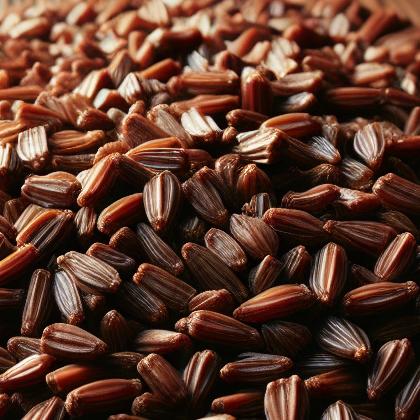Showing results for 'Chicory grain'
close
Chicory Grain

Common chicory, Cichorium intybus, is a somewhat woody, perennial herbaceous plant usually with bright blue flowers, rarely white or pink. Many varieties are cultivated for salad leaves, chicons (blanched buds), or for roots (var. sativum), which are baked, ground, and used as a coffee substitute and additive. It is also grown as a forage crop for livestock.It lives as a wild plant on roadsides in its native Europe, and now common in North America, China, and Australia where it has become widely naturalized.
Chicory grain Pairs With:
Food Item
Flavor Affinity Level

Did you know there are 49 food flavor pairings in my database for Chicory Grain available. What you are seeing above is a random list of 30 items which pair with Chicory Grain.
For the entire list, beautifully formatted, enter your email address and click the download button below, then I'll email it to you as a PDF.
Chicory grain Properties:
| Food Property | Type | Description |
|---|---|---|
| Flavor Profile | Bitter | Chicory grains have a strong bitter taste. |
| Texture | Moisture | Chicory grains are relatively dry in texture. |
| Nutritional Value | Fiber | Chicory grains are high in dietary fiber. |
| Micronutrients | Chicory grains contain various essential micronutrients. | |
| Color | Natural Pigments | Chicory grains may have natural pigments that contribute to their color. |
| Aroma | Volatile Compounds | Chicory grains may contain volatile compounds that contribute to their aroma. |
| Chemical Composition | Acidity/Alkalinity (pH) | Chicory grains may have a specific acidity/alkalinity level. |
| Cooking Behavior | Water Retention | Chicory grains may retain water well during cooking. |
| Oil Absorption | Chicory grains may absorb oil during cooking. |
Food Pairing App - Version 1.2.0
